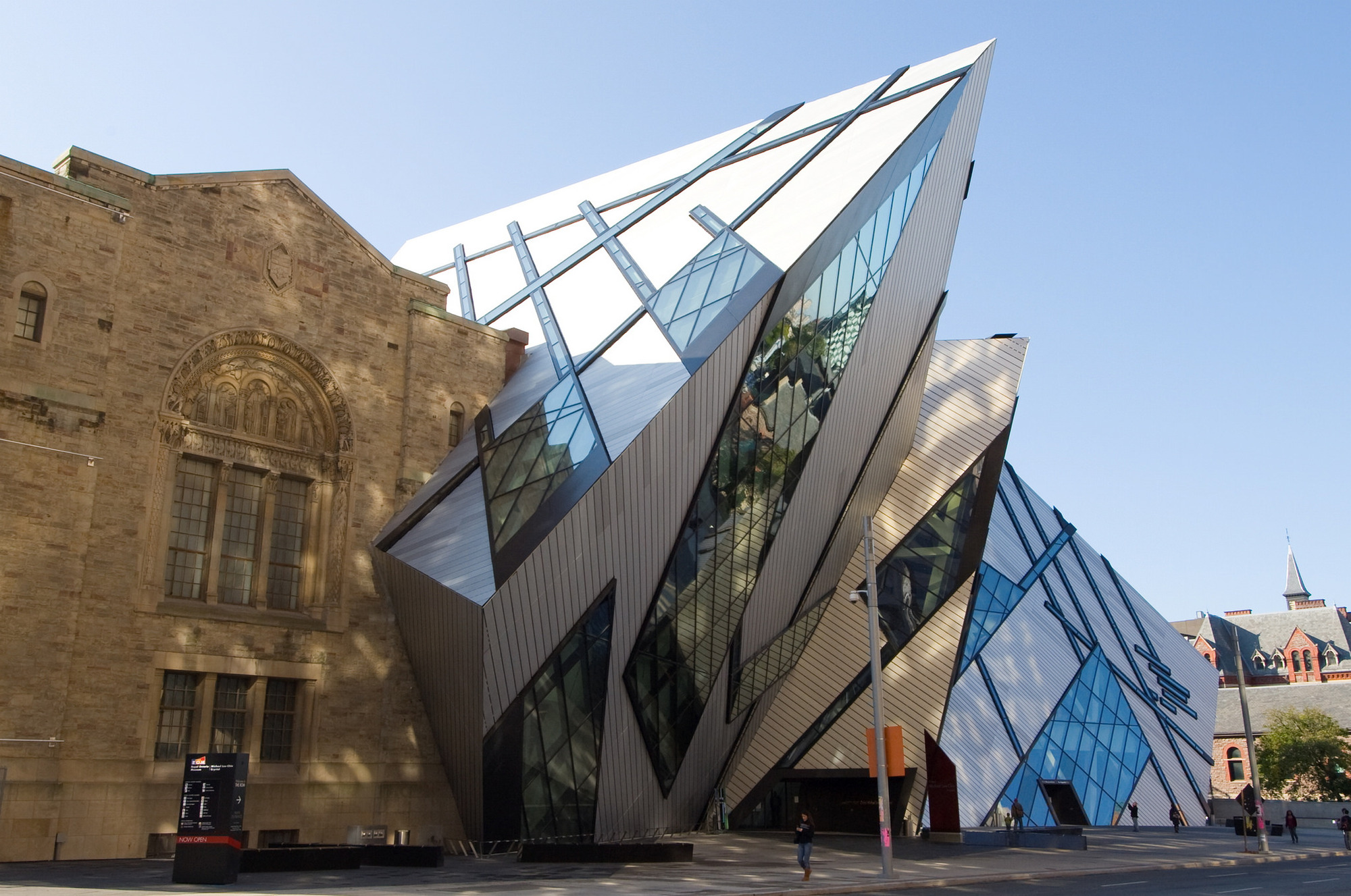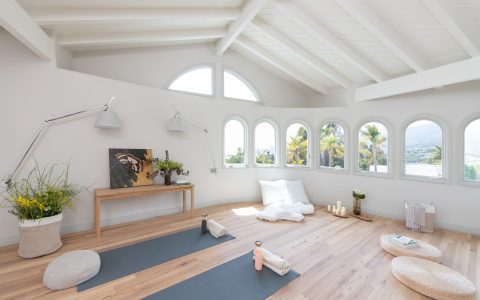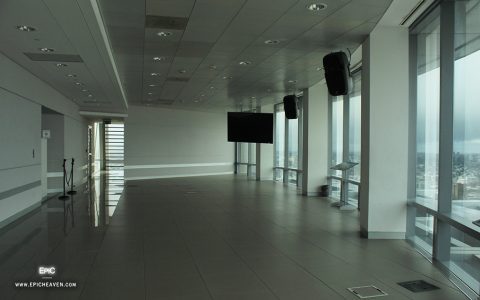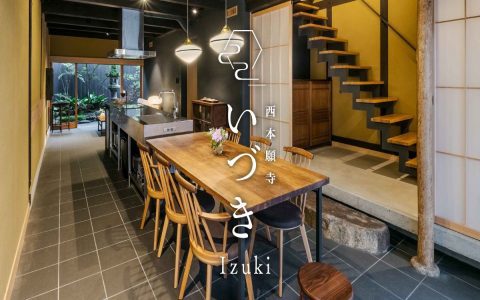Foreign Office Architects (FOA) was an acclaimed international architectural practice established in London in 1995 by architects Farshid Moussavi and Alejandro Zaera-Polo. The firm gained global recognition for its innovative and theoretically-driven approach to design, often exploring complex geometries, organizational systems, and the integration of landscape and infrastructure.
Core Philosophy and Design Approach
FOA's work was characterized by its intellectual rigor and its engagement with contemporary architectural theory. Key aspects of their approach included:
- Systemic Design: Utilizing diagrams and rule-based systems to generate architectural form and organization, allowing for adaptability and complexity.
- Material Exploration: Investigating the performative and aesthetic qualities of materials, often employing them in unconventional ways.
- Integration of Program and Form: Developing forms that were intricately linked to the building's programmatic requirements and its surrounding context, blurring distinctions between building, landscape, and urbanism.
- Technological Innovation: Embracing advanced digital design tools and fabrication techniques to realize complex geometries and innovative construction solutions.
Notable Projects
FOA was responsible for a diverse portfolio of critically acclaimed projects across various scales and typologies. Some of their most significant works include:

- Yokohama International Passenger Terminal, Japan (1995-2002): Their breakthrough project, celebrated for its undulating, continuous surfaces that integrate circulation, structure, and public space.
- John Lewis Department Store and Cineplex, Leicester, UK (2004-2008): Notable for its distinctive, flowing facade composed of double-curved, mirror-finished stainless steel panels layered over a glass curtain wall.
- Ravensbourne College of Design and Communication, London, UK (2007-2010): Characterized by its facade of tessellated, non-periodic tiling with circular windows of varying sizes, reflecting the creative activities within.
- Meydan Retail Complex (formerly South-Molton Triangle), London, UK (Competition win 2005, unbuilt): A proposed mixed-use development demonstrating their approach to complex urban infill.
- Spanish Pavilion, Aichi International Expo, Japan (2004-2005): Utilized hexagonal ceramic tiles to create a permeable, lattice-like facade evoking traditional Spanish architectural elements.
Dissolution and Legacy
Foreign Office Architects ceased its operations in June 2011. Following the dissolution, the founding principals established their own independent practices: Farshid Moussavi Architecture (FMA) and Alejandro Zaera-Polo & Maider Llaguno Architecture (AZPML).
Despite its relatively short lifespan, FOA left a significant mark on contemporary architecture. Their work challenged conventional design approaches, pushed the boundaries of digital design and fabrication, and influenced a generation of architects with its blend of theoretical depth and formal innovation. Their projects continue to be studied for their sophisticated integration of form, program, and context.







